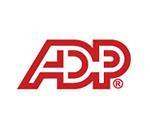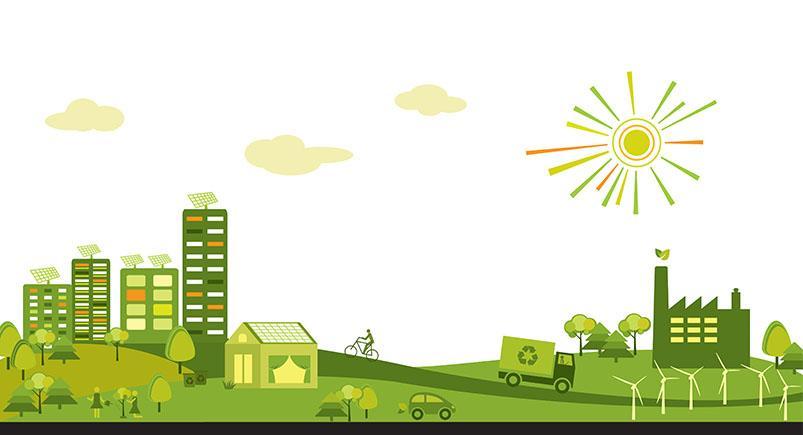
Only a few months into 2014 and already we’re seeing green initiatives popping up throughout the fleet industry — an unlikely ally to the environment. Let’s face it: When we think green, we think bikes, wind farms, and solar panels. However, as consumer spending and corporate investment continue to rise and more people use the internet to make purchases, more trucks are needed on the road than ever before. According to Bob Costello, the chief economist for the American Trucking Associations, said he is anticipating an increase of between 2.3 and 2.7 percent in the number of loads this year.
And with this rise in trucking needs, fleet managers are quickly realizing that guzzling gas is not only bad for their bottom lines, but for the environment too. With climate change on the front pages daily — usually due to a strange and unusual weather occurrence (a mild Chicago winter and a debilitating North Carolina one in the same year, for example), the environment is top of mind for a lot of folks. When it comes to climate change and the repercussions, while some businesses will surely turn a profit, most agree that we’d rather see a healthy planet than a few more dollars.
Departments like the Environmental Protection Agency are also getting involved and encouraging companies to adopt more environmentally healthy programs. For example, $5.67 million in funding for State Clean Diesel Programs is available in 2014 from the Congestion Mitigation and Air Quality Program (CMAQ). This agency provides funding to state departments of transportation, metropolitan planning organizations, and transit agencies for surface transportation and other related projects that improve air quality and reduce congestion.
Got Green Grants?
U.S. Department of Energy: Clean Cities Program promotes alternative fuels and vehicles, fuel blends, fuel economy, hybrid vehicles, and idle-reduction through financial assistance for projects.
Diesel Emissions Reduction Acts Grant (DERA 2012–2016): DERA grants are available to eligible entities for projects that reduce emissions from existing diesel engines. It authorizes up to $100 million annually for FY2012 through FY2016 and allows for new types of funding mechanisms.
U.S. Department of Agriculture: Energy Related Program Matrix is a navigational aid for USDA’s many programs that assist farmers, rural residents, and the nation in responding to energy-related issues and opportunities.
And the government isn’t the only one hopping on the green train. Companies like Eventics, based in Clearwater, Florida, are developing electric drive systems for cars (and even trains) while Saddle Creek Logistic Services in Lakeland, Florida, just made the first-ever, cross-country trip with a for-hire Compressed Natural Gas (CNG) truck traveling from Lakeland to San Diego. According to information on Saddle Creek’s website, their CNG fleet has already traveled 15 million miles on CNG, with deliveries to Procter & Gamble and Lowe’s. They also traveled 5,800 miles round-trip, saving 7,656 pounds of carbon, the equivalent to recycling 100,000 plastic bottles. That’s an amazing feat worth all the effort.
Reducing your carbon footprint doesn’t require millions of dollars and exclusive technology. Nowadays there are incredible solutions that can greatly stretch your fuel mileage. Economical green solutions include driver and vehicle data that can show fleet managers where the gas is going and how to optimize efficiency — right from your computer, smartphone, or tablet. Things like idling alerts (which can be a huge drain on the fuel pump and your earnings) and route efficiency (using GPS technology to alert drivers of most fuel-efficient routes to their destination) are available for pennies a day.
Need more information on getting green? Call Actsoft today, we’d love to help you!
(888) 732-6638 or Receive a Live Webinar

















 Encore & Geotab Drive
Encore & Geotab Drive
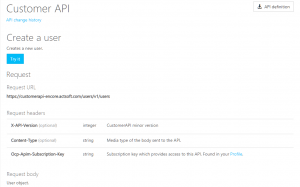
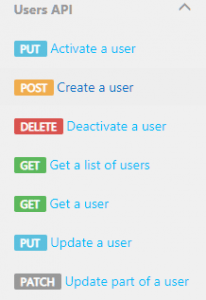
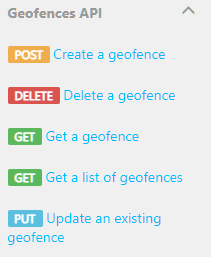
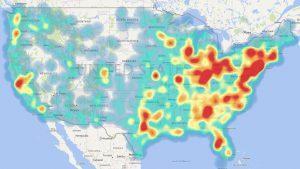
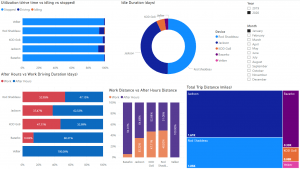
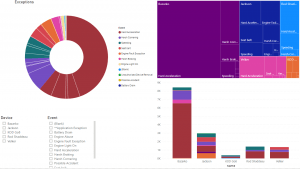
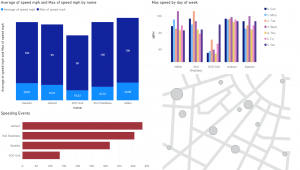
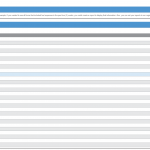
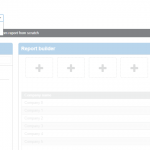
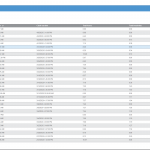
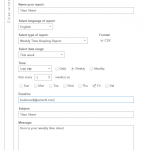



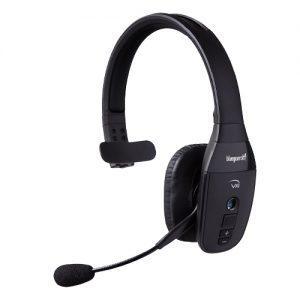
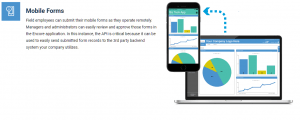

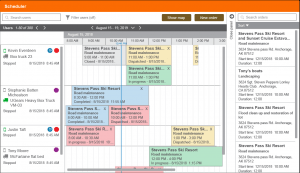


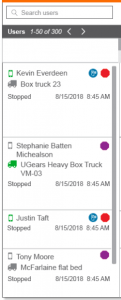
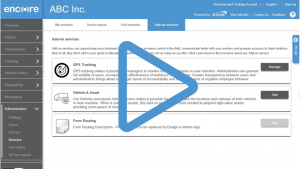
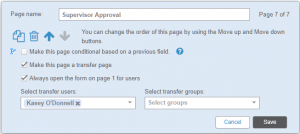
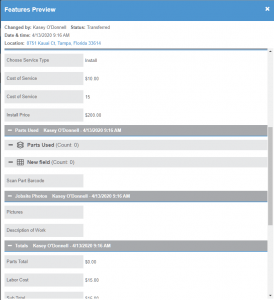
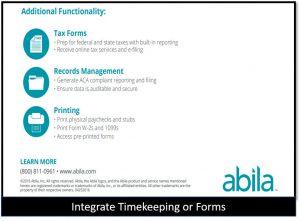
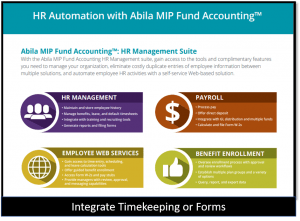
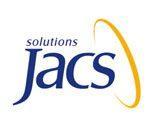
 Gain even greater insight into the daily activities of your fleet using the combination of Geotab and Actsoft. Geotab devices provide detailed data collection and seamless integration with our solutions; learn more about the ways your vehicles are being used daily with the power of this tandem.
Gain even greater insight into the daily activities of your fleet using the combination of Geotab and Actsoft. Geotab devices provide detailed data collection and seamless integration with our solutions; learn more about the ways your vehicles are being used daily with the power of this tandem.



 Actsoft partnered with Odin to provide our solutions overseas, through payment processing integrations. Odin helps us support user management for our software; customers can also purchase our products through Odin’s billing platform.
Actsoft partnered with Odin to provide our solutions overseas, through payment processing integrations. Odin helps us support user management for our software; customers can also purchase our products through Odin’s billing platform.

 VisTracks powers our Electronic Logging Device (ELD) solution, which enables transportation businesses to easily automate their hours of service logs, remain in governmental compliance, and reduce their potential to incur costly fines.
VisTracks powers our Electronic Logging Device (ELD) solution, which enables transportation businesses to easily automate their hours of service logs, remain in governmental compliance, and reduce their potential to incur costly fines. Integration between Actsoft solutions and BeWhere’s software products is available. Take your team’s asset tracking, cellular data connectivity, and field insight a step further with effective, cross-application compatibility.
Integration between Actsoft solutions and BeWhere’s software products is available. Take your team’s asset tracking, cellular data connectivity, and field insight a step further with effective, cross-application compatibility.
 CalAmp tracking devices for vehicles and assets alike are compatible with Actsoft solutions, making it easy for you to efficiently monitor your equipment and fleet cars. Help your team enhance accountability, safety, and savings through a combination of easily installed hardware and intuitive software.
CalAmp tracking devices for vehicles and assets alike are compatible with Actsoft solutions, making it easy for you to efficiently monitor your equipment and fleet cars. Help your team enhance accountability, safety, and savings through a combination of easily installed hardware and intuitive software.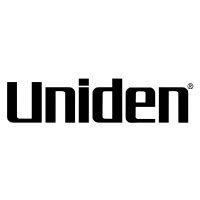 Our partnership with Uniden is ideal for companies looking to gain advanced diagnostics on their fleets. Uniden’s extensive product listing of car electronics like radios, dash cams, radar detectors, and in-vehicle communicators work in concert with Actsoft’s solutions to better connect your vehicles to the company headquarters.
Our partnership with Uniden is ideal for companies looking to gain advanced diagnostics on their fleets. Uniden’s extensive product listing of car electronics like radios, dash cams, radar detectors, and in-vehicle communicators work in concert with Actsoft’s solutions to better connect your vehicles to the company headquarters.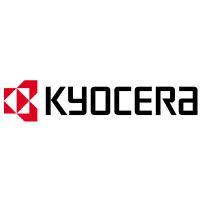 Kyocera offers a wide range of mobile devices, ranging in design from traditional phones to ultra-durable handset technology. Actsoft is able to equip organizations in a variety of different industries with solutions for improved business, while Kyocera supplies the technology they can flawlessly operate on.
Kyocera offers a wide range of mobile devices, ranging in design from traditional phones to ultra-durable handset technology. Actsoft is able to equip organizations in a variety of different industries with solutions for improved business, while Kyocera supplies the technology they can flawlessly operate on.

 Our software is the perfect complement to Apple’s user-friendly technology. Equip your workforce with the devices and solutions it needs for optimized productivity during daily operations with Apple and Actsoft.
Our software is the perfect complement to Apple’s user-friendly technology. Equip your workforce with the devices and solutions it needs for optimized productivity during daily operations with Apple and Actsoft.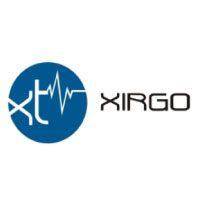
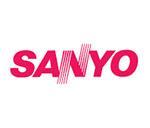 Actsoft and Sanyo teamed up to merge intuitive business management software with the technology of today. This partnership allows us to provide you with all the tools your team needs for improved workflows, better coordination, and optimized productivity.
Actsoft and Sanyo teamed up to merge intuitive business management software with the technology of today. This partnership allows us to provide you with all the tools your team needs for improved workflows, better coordination, and optimized productivity. Motorola’s mobile technology works in tandem with our solutions to provide extra versatility to your business practices. Coupled with our software’s features, Motorola’s reliable devices make connecting your workforce simpler than ever to do.
Motorola’s mobile technology works in tandem with our solutions to provide extra versatility to your business practices. Coupled with our software’s features, Motorola’s reliable devices make connecting your workforce simpler than ever to do. We’re able to bundle certain solutions of ours (including our Electronic Visit Verification options) with Samsung devices to help your team achieve as much functionality as possible, while keeping rates affordable. Use these combinations for accurate recordkeeping, improved communication, and smarter data collection in the field.
We’re able to bundle certain solutions of ours (including our Electronic Visit Verification options) with Samsung devices to help your team achieve as much functionality as possible, while keeping rates affordable. Use these combinations for accurate recordkeeping, improved communication, and smarter data collection in the field.